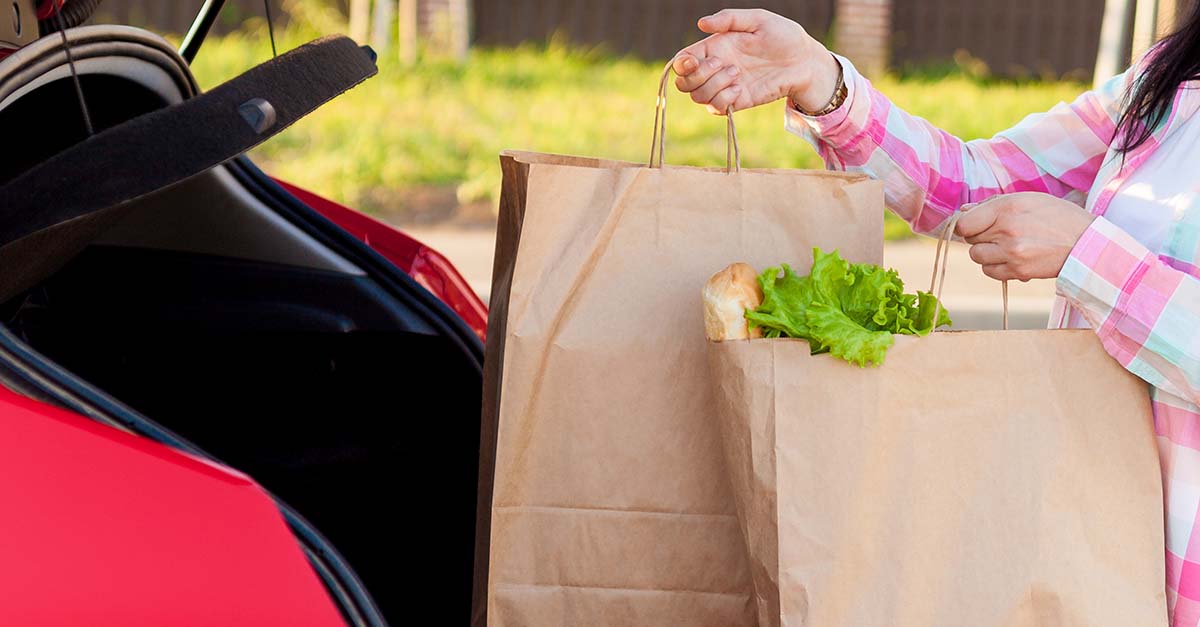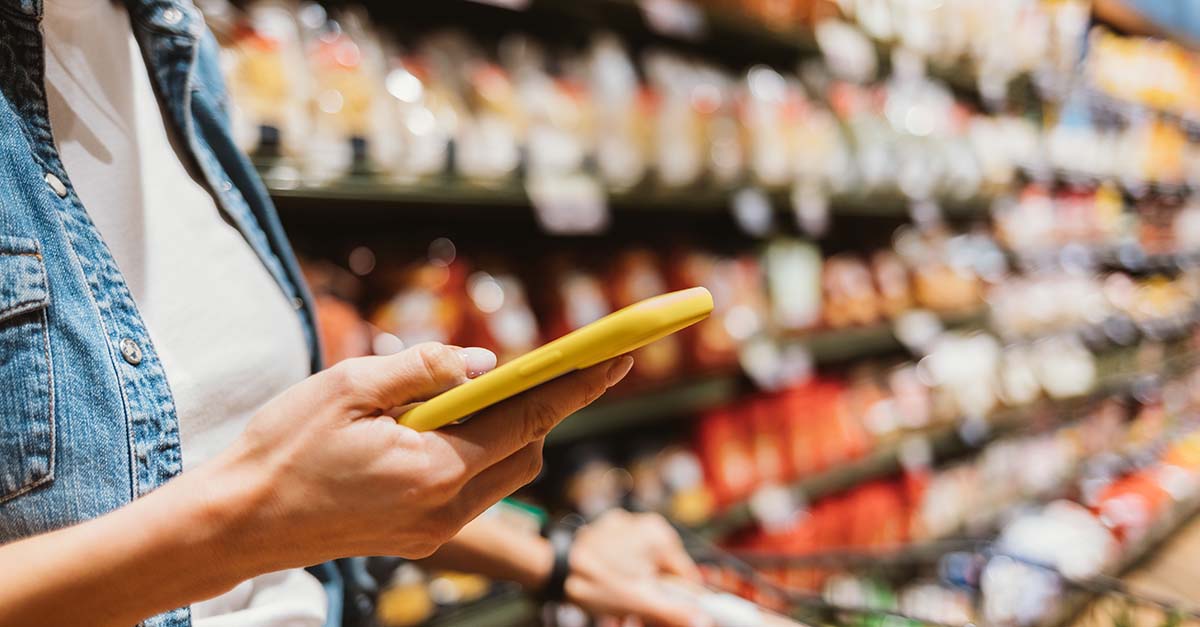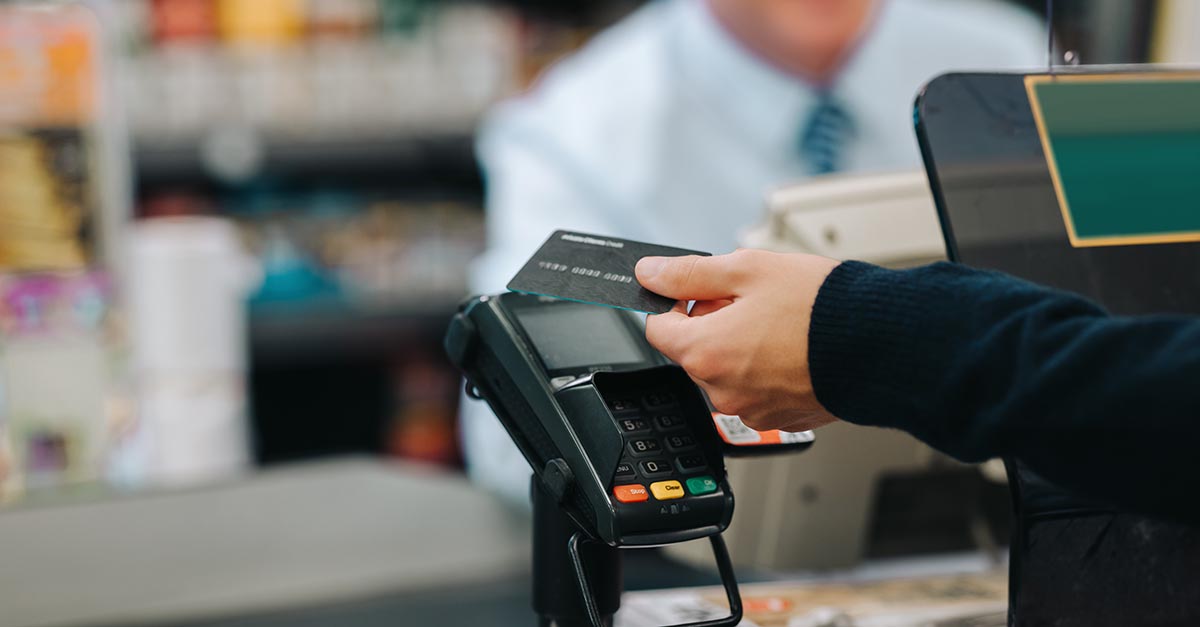Convenience store competition: How small operators can contend with bigger players
Small c-stores often don’t have the upfront capital that larger operators use to expand. We’ll highlight the other ways they can grow.

The Upside Team
Every c-store retailer — from the international conglomerate to the single-site operator — is dealing with economic factors and competitive challenges that complicate business in 2025.
Though top-line revenue might show positive trends, new research from Upside indicates that the picture is a bit more complicated. Adjusted for inflation, average revenue per transaction was about 10% lower in 2024 than it was in 2021. That’s partially because consumers have gotten much more price-sensitive after years of inflation-related price increases. They reported to Upside that they’re spending less on most of the item categories that were traditionally most popular at c-stores, including candy and alcohol.
In light of this changing consumer behavior, retailers across multiple categories are competing for the same limited pool of dollars. Whereas c-stores, dollar stores, grocery stores, and big-box retailers used to have very distinct swim lanes, the lines dividing those retailers are blurrier than ever.
Facing all of these challenges, how can small c-store operators expand their businesses and hang with larger retailers in the space? Read on to learn more.
The different strategies available to small and large c-store retailers
Though small and large c-store operators are both dealing with the same challenges, there are differences in the ways that they can respond to those challenges.
Lately, larger chains have relied on two “inorganic” strategies for growth: mergers and acquisitions (M&A) and new-to-industry (NTI) locations. Those methods require upfront capital — a lot of it, in fact. Large organizations with deep pockets can pursue these strategies freely, but of course, mom-and-pop or small-network operators don’t always have access to those resources. With inorganic growth (infusion of outside capital) excluded from their consideration set, small-business retailers have to focus on organic growth (growing profit with foot traffic and transactions).

Going forward, Upside’s outlook for retail is that market consolidation will continue. In order to keep up with larger retailers, smaller operators should consider redefining “success” — namely, deemphasizing revenue growth and focusing on more transactions. For smaller retailers, increasing foot traffic is paramount. Getting more people to change their behavior and walk through the front door is the only way to grow organically.
Traditionally, loyalty programs were thought to be effective brand differentiators — something that retailers could rely on to stand out amongst the sea of competitors. While many loyalty programs do indeed encourage some shoppers to visit more, it’d be a stretch to say they’re drivers of wide-scale behavior change. Compare loyalty programs in any retail category — you’ll likely see a practically interchangeable list of benefits. Ultimately, loyalty programs are too similar across companies to drive the kind of consumer behavior change needed for retailers to grow.
That doesn’t mean, however, that loyalty is a bad investment. Shoppers love loyalty programs because they provide additional value, and retailers can benefit from the first-party data collection. But armed with the knowledge that loyalty has blind spots, retailers should experiment with different acquisition strategies that get customers in-store.
How small convenience stores can grow in a competitive market
Large retailers can use their resources to cheaply acquire users, mark down prices, and pursue mergers to gobble up market share. For smaller operators, maintaining the status quo — whether that means sign price wars, static promotions, or print advertisements — won’t cut it.
The following strategies can help smaller retailers maintain a competitive edge:
- Audit your investments
Recall again that the primary success metric for fuel retailers should be fuel traffic, and every marketing investment should be a means to that end. Retailers would be wise to take a closer look at their investments and ask themselves if each expense is making tangible progress towards their stated goal. If you can’t answer the question (or worse, if the answer is “no”), that investment is wasting money and hurting your business. Cut what’s not helping and double down on what is.
- Put your existing resources to work
All fuel and c-store retailers go through times of the day and days of the week with spare capacity — think idle pumps, empty c-store aisles, or vacant checkout lanes. Filling those unused resources during lulls represents a major opportunity for retailers. Since they’ve already paid for that existing infrastructure, any additional transactions come without new operating costs.
Prioritizing capacity utilization can help c-store retailers earn more profit by increasing revenue without increasing costs. How? One way is to make use of the transaction data that’s already being collected to learn more about their customers and what motivates them to come in-store more often. (More on that next.)
- Invest in a digital strategy that prioritizes personalization
Fuel retailers can expand their sphere of influence with an effective digital strategy, but not all digital strategies are created equal. Some simply carry outdated, ineffective strategies — like static or segmented promotions — into the online world.
To achieve real differentiation, retailers should pursue a digital strategy centered on personalization. These tactics allow fuel retailers to facilitate one-to-one communication, meeting each consumer’s unique value points and protecting their profit margin.
The vast majority of consumers don’t go inside the c-store when they visit a gas station to fill up. But that doesn’t mean they’re totally unwilling to do so. An Upside survey showed that nearly 90% of fuel-only customers could be enticed to make a c-store purchase with the right promotion. And the results speak for themselves: When c-store retailers provide their customers with personalized promotions, they increase monthly spend among existing customers by 1.5x.

- Excel in the areas you can control
Many important business factors are completely outside of an individual retailer’s control — the economic environment leading to smaller transactions, for example, or extreme weather conditions that suppress foot traffic. There are, however, some factors that remain firmly within a retailer’s control, and it’s important to excel in those areas.
Retailers should do all the little things to make the in-store experience impeccable — maintain clean and modern facilities, provide friendly customer service, implement helpful in-store technology for placing food orders or simplifying checkout. Along with an effective digital strategy that gets customers through the doors, that in-store experience can make a tremendously positive impression on visitors, and they’ll be more likely to return.
Upside gives c-store retailers a competitive edge
Operators of small c-stores turn to Upside in order to motivate more visits and bigger baskets from new and existing customers alike. That helps them compete alongside — and even bypass — larger competitors in their areas.
Simonson Station Stores is one such success story. Despite having fewer than 20 locations, the brand has been around since 1933 with a strong presence in North Dakota and Minnesota. Simonson does more transactions (both inside and out) than networks with quadruple the locations. How can that be the case?
Part of that success can be attributed to Simonson offering an excellent customer experience — factors well within its control. The brand reinvests millions of dollars into its stores to complete facility upgrades and improve product offerings, like its high-quality deli. Customers that visit a Simonson store can tell that the brand operates with pride for its place in the fuel business.
Simonson also wins visits with Upside’s personalized promotions. Happy customers get cash back on their everyday purchases, and Simonson earns more foot traffic leading to profitable transactions. Small but mighty, Simonson is well positioned to stave off tough competition with steady, organic growth.
Share this article:
The Upside team is made up of data scientists and industry experts who are passionate about delivering empowering content to our readers. With a focus on providing practical insights and meaningful perspectives, we create engaging materials across a wide range of topics. From exploring industry trends and offering expert analysis to sharing useful tips and inspiring ideas, our team works diligently to provide you with the information you need to thrive.
Request a demo
Request a demo of our platform with no obligation. Our team of industry experts will reach out to learn more about your unique business needs.











